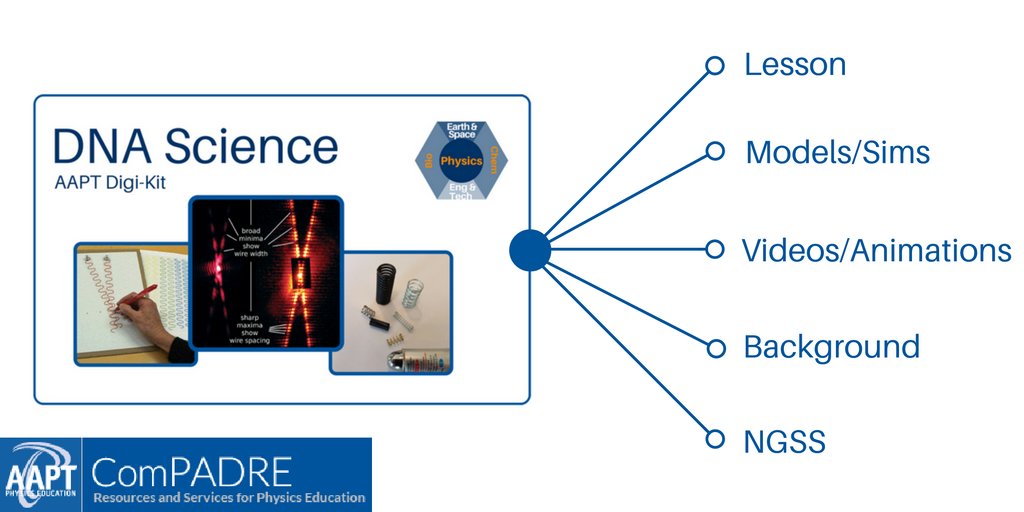The Physics Teacher
Volume 58 Issue 7
October 2020
This month's cover depicts a researcher at the Borexino neutrino detector in Gran Sasso, Italy, where they have recently reported a measurement of solar neutrinos from the CNO cycle for the first time.
Since August 1, 2014, the submission process for articles for The Physics Teacher has required authors to submit their article and cover letter at this website: http:www.editorialexpress.com/tpt. Starting June 10, 2020, the submission process for articles for The Physics Teacher will change. On or after June 10th, authors should submit their article and cover letter at this website: http://tpt.peerx-press.org/.
Columns
And the Survey Says..., Astronotes, Figuring Physics, iPhysicsLabs Little Gems, Physics Challenge for Teachers and Students, Fermi Questions, Talkin' Physics, Technology In The Classroom, Visual Physics, and Websights.
Editorial
Sex, Gender, and Physics Teaching: Part III! by Gary D. White and Geraldine L. Cochran. DOI: 10.1119/10.0002056
LETTERS TO THE EDITOR
2021 American Physics Society – Conference for Undergraduate Women in Physics (CUWiP) January 22-24, 2021 by Barbara Szczerbinska, Evie Downie and Brianna Mount. DOI: 10.1119/10.0002057
AAPT AWARDS
AAPT awards by Mel Sabella. DOI: 10.1119/10.0002059
Papers
Viewing the Core of the Sun by Don Lincoln. DOI: 10.1119/10.0002060
Anti-Deficit Framing of Sociological Physics Education Research by Stephen Exarhos. DOI: 10.1119/10.0002061
PhysPort Use and Growth: Supporting Physics Teaching with Research-based Resources Since 2011 by Sarah B. McKagan, Linda E. Strubbe, Lyle J. Barbato, Bruce A. Mason, Adrian M. Madsen and Eleanor C. Sayre. DOI: 10.1119/10.0002062
The New Definitions of the Mole and Kilogram: How and Why These SI Units Took their New Status by Jean-François Gal. DOI: 10.0002065
Facilitating Intersectionally Conscious Collaborations in Physics Education by Mildred Boveda and Andrea E. Weinberg. DOI: 10.1119/10.0002066
How Perception of Being Recognized or Not Recognized by Instructors as a “Physics Person” Impacts Male and Female Students’ Self-Efficacy and Performance by Yangqiuting Li, Kyle Whitcomb and Chandralekha Singh. DOI: 10.1119/10.0002067
Developing Educational YouTube Videos as a Tool to Learn and Teach Physics by Andrés Aragoneses and Rebecca Messer. DOI: 10.1119/10.0002068
What if Energy Flowed from Cold to Hot? Counterfactual Thought Experiments by Harvey S. Leff and Richard Kaufman. DOI: 10.1119/10.0002069
Modeling ICBM Trajectories Around a Rotating Globe with Systems Tool Kit by Philip Blanco. DOI: 10.1119/10.0002070
Estimating the Moon-to-Earth Radius Ratio with a Smartphone, a Telescope, and an Eclipse by Hugo Caerols and Felipe A. Asenjo. DOI: 10.1119/10.0002071
Effective Ammeter-Voltmeter Method by M. A. Salgueiro da Silva and T. M. Seixas. DOI: 10.1119/10.0002072
Beyond Recurring Free-Body Force Diagrams: Educational Pros and Cons of Alternative Means of Representing Forces and Interactions by Àngela Garcia-Lladó and Víctor López. DOI: 10.1119/10.0002073
Bouncing Balls and Geometric Progressions by R. De Luca, M. Di Mauro and A. Naddeo. DOI: 10.1119/10.0002075
Race and Physics Teaching Collection Resource
DNA Science Lesson & Digi-Kit
Inspired by an article from The Physics Teacher, this multidisciplinary lesson and digital resource collection is based on How Rosalind Franklin Discovered the Helical Structure of DNA: Experiments in Diffraction (Braun, Tierney, & Schmitzer, 2011). Click the image to access this resource.



